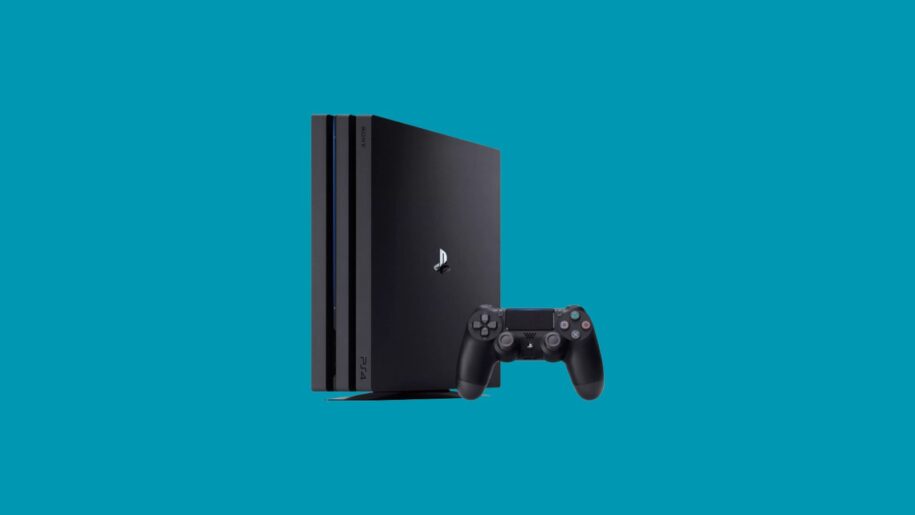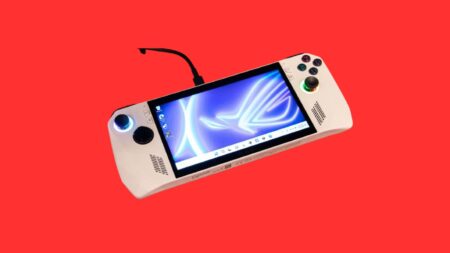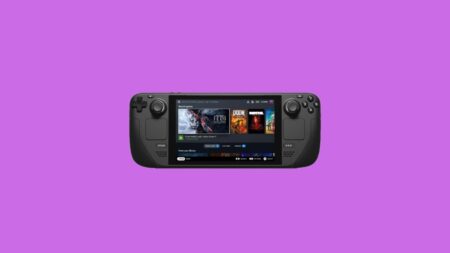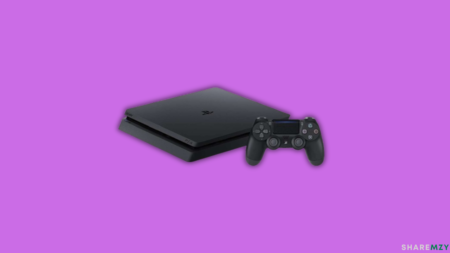
The PlayStation 4 Pro GPU is comparable to the AMD Radeon RX 470, offering similar gaming performance. Both Graphics Cards excel at 1080p and support upscaled 4K resolution, delivering frame rates between 30-60 FPS based on the game. However, the RX 470 is now outdated, and its availability is limited.
For gamers seeking a PS4 Pro-like experience on PC, modern Graphics Cards like the Nvidia GeForce RTX 3050, AMD Radeon RX 6500 XT, or Nvidia GeForce GTX 1650 provide comparable or better performance. These Graphics Cards handle 1080p gaming with higher frame rates and even support 1440p, offering a superior gaming experience while incorporating the latest technologies.
What GPU is in the PS4 Pro?
The PS4 Pro features a custom AMD Radeon-based GPU with 4.2 teraflops of processing power, leveraging AMD’s Polaris architecture. This Video Card was specifically designed to offer enhanced gaming performance compared to the original PS4, enabling smoother 1080p gameplay and supporting upscaled 4K resolution for certain titles.
While not as powerful as modern PC GPUs, the PS4 Pro’s Video Cards highly optimized to deliver a stable 30-60 FPS in many games. Its custom design allows the console to maintain an efficient balance between resolution and frame rate, ensuring an immersive gaming experience tailored to the platform.
1. Nvidia GeForce RTX 3050
The RTX 3050 provides approximately 9 teraflops (TFLOPS) of performance, which is over double the computing power of the PS4 Pro’s 4.2 TFLOPS. Featuring 2048 CUDA cores, it includes support for ray tracing and DLSS, enabling better graphics quality and performance. It’s designed for modern gaming at 1080p and 1440p, far exceeding the PS4 Pro’s Video Cardcapabilities.
Specs:
- CUDA Cores: 2048
- Video Memory: 8 GB GDDR6
- Memory Clock: 14 Gbps
- Power Requirements: 130W TDP, recommended 300W PSU
Pros:
- Delivers exceptional performance with 9 TFLOPs.
- Supports ray tracing and DLSS for enhanced visuals and smooth gameplay.
- Excellent for 1080p and 1440p gaming.
Cons:
- Higher power consumption than the PS4 Pro’s Display Adapter.
- Relatively expensive compared to older Display Adapter models.
- Limited VRAM (8GB GDDR6) for very demanding modern games.
2. AMD Radeon RX 6500 XT
The RX 6500 XT delivers approximately 5.4 TFLOPS of performance, surpassing the PS4 Pro’s 4.2 TFLOPS. As a budget-friendly Video Card, it utilizes RDNA 2 architecture, offering improved efficiency, power, and support for ray tracing. It’s well-suited for 1080p gaming, making it a significant upgrade over the PS4 Pro’s GPU capabilities.
Specs:
- Stream Processors: 1024
- Video Memory: 4 GB GDDR6
- Memory Clock: 18 Gbps
- Power Requirements: 107W TDP, recommended 400W PSU
Pros:
- Affordable price, making it accessible for budget builds.
- Efficient power consumption, ideal for lower energy costs.
- Provides decent 1080p performance, especially in less demanding games.
Cons:
- Limited VRAM (4GB GDDR6), restricting its ability to handle high-resolution textures in modern games.
- Lacks support for advanced features like DLSS (available in Nvidia GPUs).
- Lower performance in demanding games compared to mid-range or higher-end Display Adapter.
3. Nvidia GeForce GTX 1650
The GTX 1650 provides approximately 3 TFLOPS of computing power, which is slightly below the PS4 Pro’s 4.2 TFLOPS. However, it leverages Nvidia’s Turing architecture and faster memory to offer better real-world performance, particularly for 1080p gaming. This results in smoother gameplay and higher frame rates, even in comparison to the PS4 Pro’s Graphics Card.
Specs:
- CUDA Cores: 896
- Video Memory: 4 GB GDDR5 (or GDDR6, depending on the variant)
- Memory Clock: 8 Gbps (GDDR5) or 12 Gbps (GDDR6)
- Power Requirements: 75W TDP, recommended 300W PSU
Pros:
- Budget-friendly price, making it an accessible upgrade for entry-level gaming PCs.
- Low power consumption, ideal for systems with limited power capacity.
- Performs well in older and less demanding games at medium to high settings.
Cons:
- No ray tracing or DLSS support, limiting graphical advancements in modern games.
- Lower performance in graphically intensive and newer titles compared to modern Graphics Cards.
- Limited to 4GB of VRAM, restricting capabilities in handling high-resolution textures in contemporary games.




